7 cooking techniques that combine science and tradition
Explore timeless, science-refined cooking methods, from browning and fermenting to aging and preserving
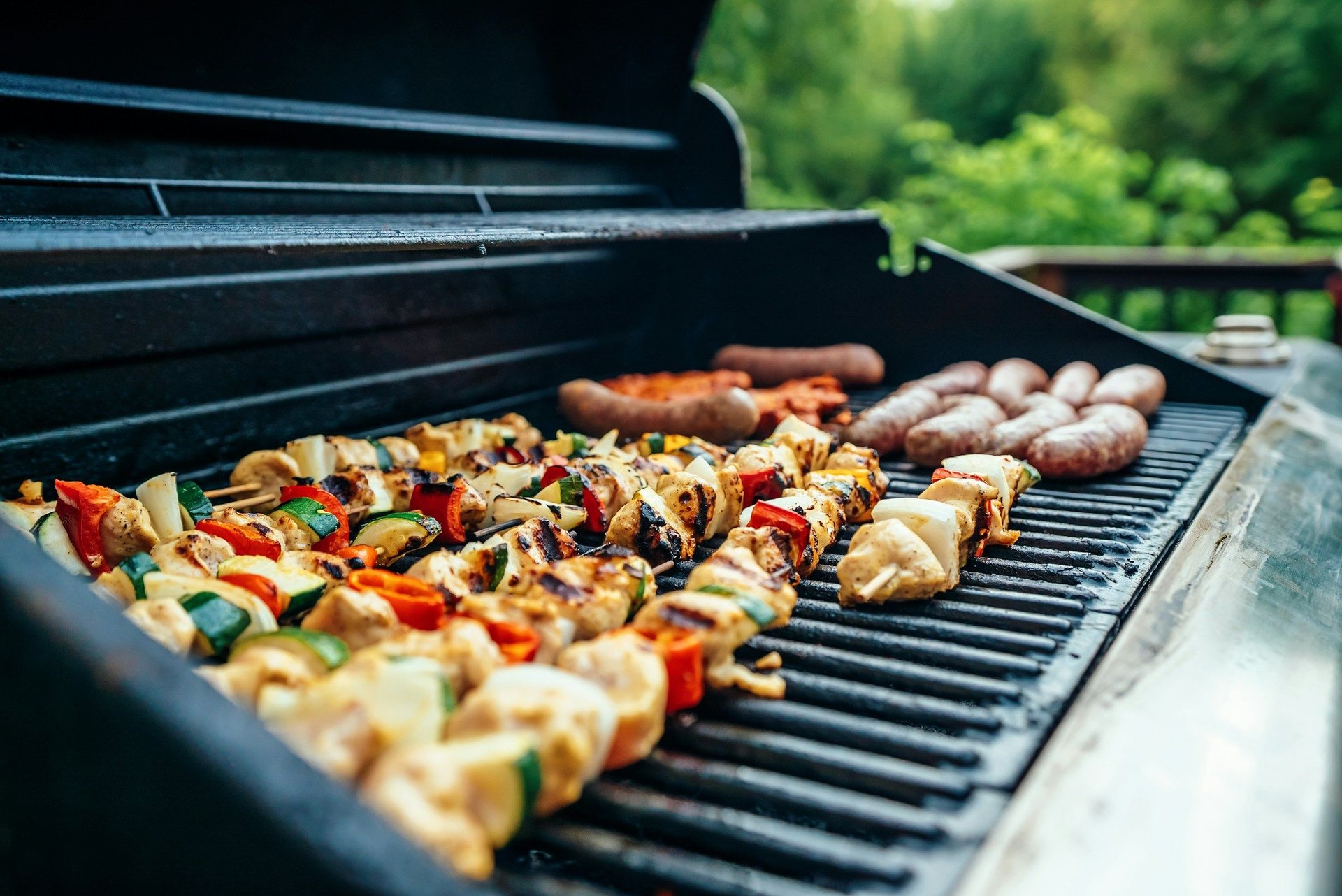
Evan Wise | Unsplash
People have experimented with cooking techniques for as long as they have cooked. Early humans discovered that fire transformed raw meat into something safer, tastier, and easier to chew. Archaeological evidence shows that humans began roasting food over fire 500,000 to 2 million years ago.
Clay pots facilitate stewing and fermentation, turning milk into cheese. Salt preserves foods like meats and cucumbers, preventing bacterial growth. These techniques were born from survival but carried forward for flavor and practicality. Over time, trial and error gave way to refinement, as generations passed down methods that became the foundation of global cuisine.
Today, the goal is still better flavor, safer storage, and reliable results, but the tools have changed. Modern science has illuminated what cooks knew — that heat, air, microbes, and time can transform ingredients. The priority has shifted from preservation to control and precision. Chefs and home cooks use science to push cooking techniques further, creating food that innovates while still embracing tradition.
Modern kitchens have become laboratories. Thermometers, pH strips, humidity controls, and vacuum sealers are as important as knives and pans. These tools help people replicate older methods with greater accuracy. Where past cooks might have relied on intuition alone, science now provides measurable guidelines that ensure repeatable methods without sacrificing character or flavor.
Whether using heat to transform proteins or microbes to unlock hidden flavors, the goal is to make food taste better and last longer. The following examples show exactly how science and tradition continue to work together.
1 / 7
1. Dry aging
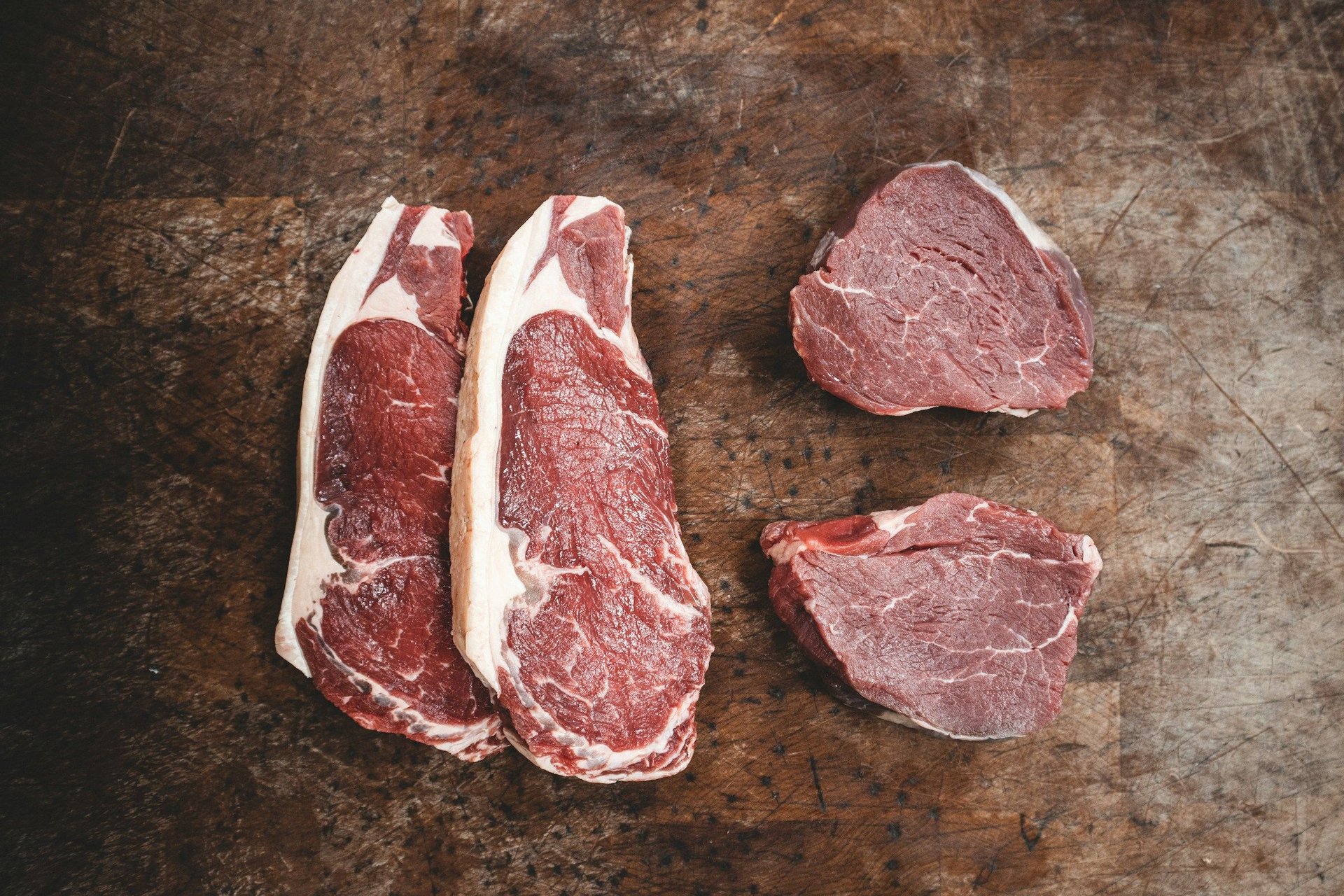
Kyle Mackie | Unsplash
Dry aging is one of the oldest ways to elevate beef flavor, and it’s steeped in tradition and science. By storing beef in a carefully controlled environment, moisture evaporates and enzymes break down muscle fibers.
Dry aging for up to six weeks is ideal to get full flavor development and tenderness. This results in a far richer and more complex product, prized in high-end steakhouses for its deep, nutty flavor. A controlled environment is crucial — temperature, humidity, and air circulation all work together to transform the meat.
2 / 7
2. Maillard reactions
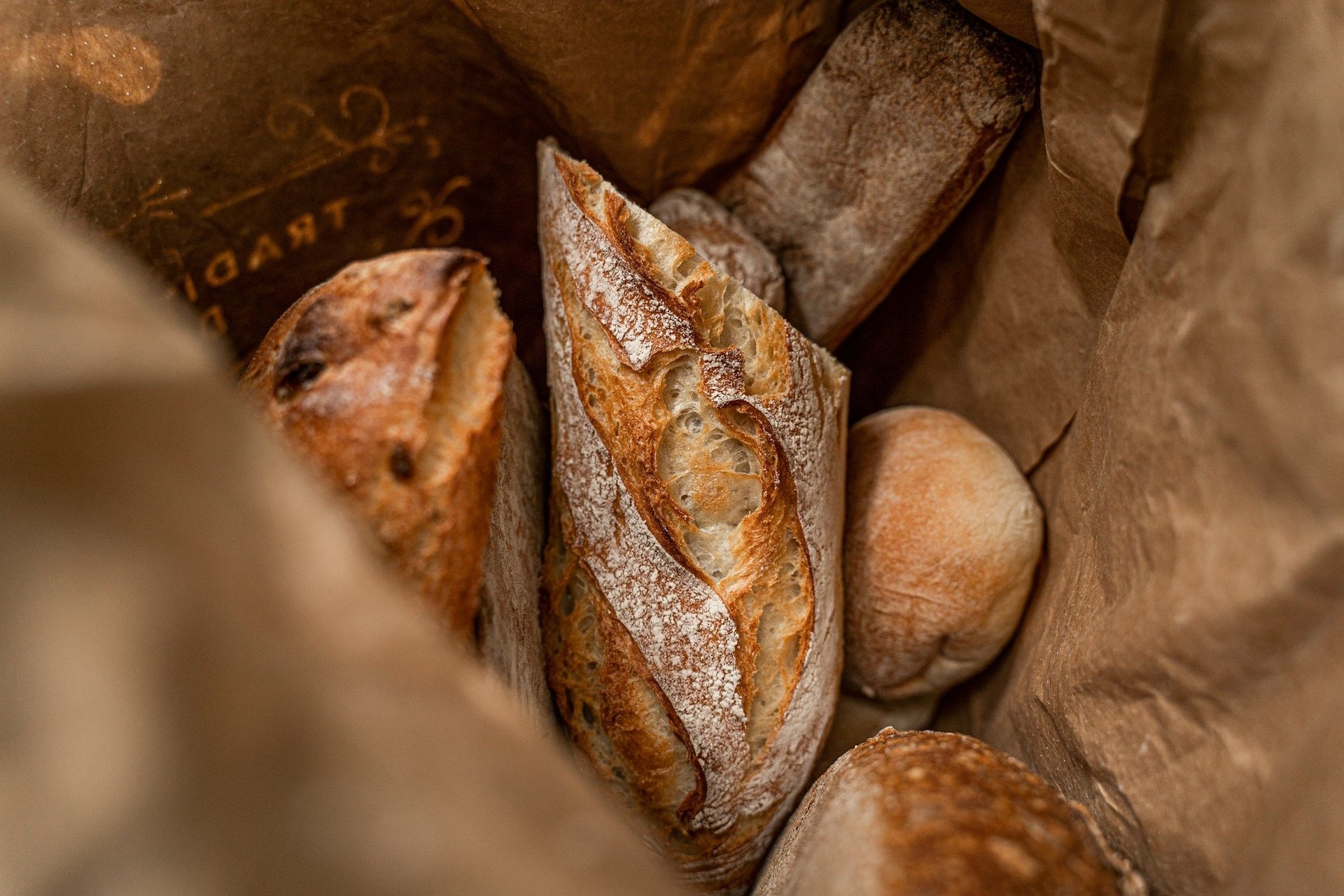
Bas Peperzak | Unsplash
Maillard reactions occur when proteins and sugars meet heat, creating that golden-brown crust on bread, seared steaks, and roasted coffee beans. While past cooks relied on instinct, chefs today apply this technique precisely, balancing temperature and timing to unlock complex flavors that taste earthy and sweet. Without the Maillard reaction, much of the depth and aroma you associate with cooked foods wouldn't exist.
3 / 7
3. Sous vide
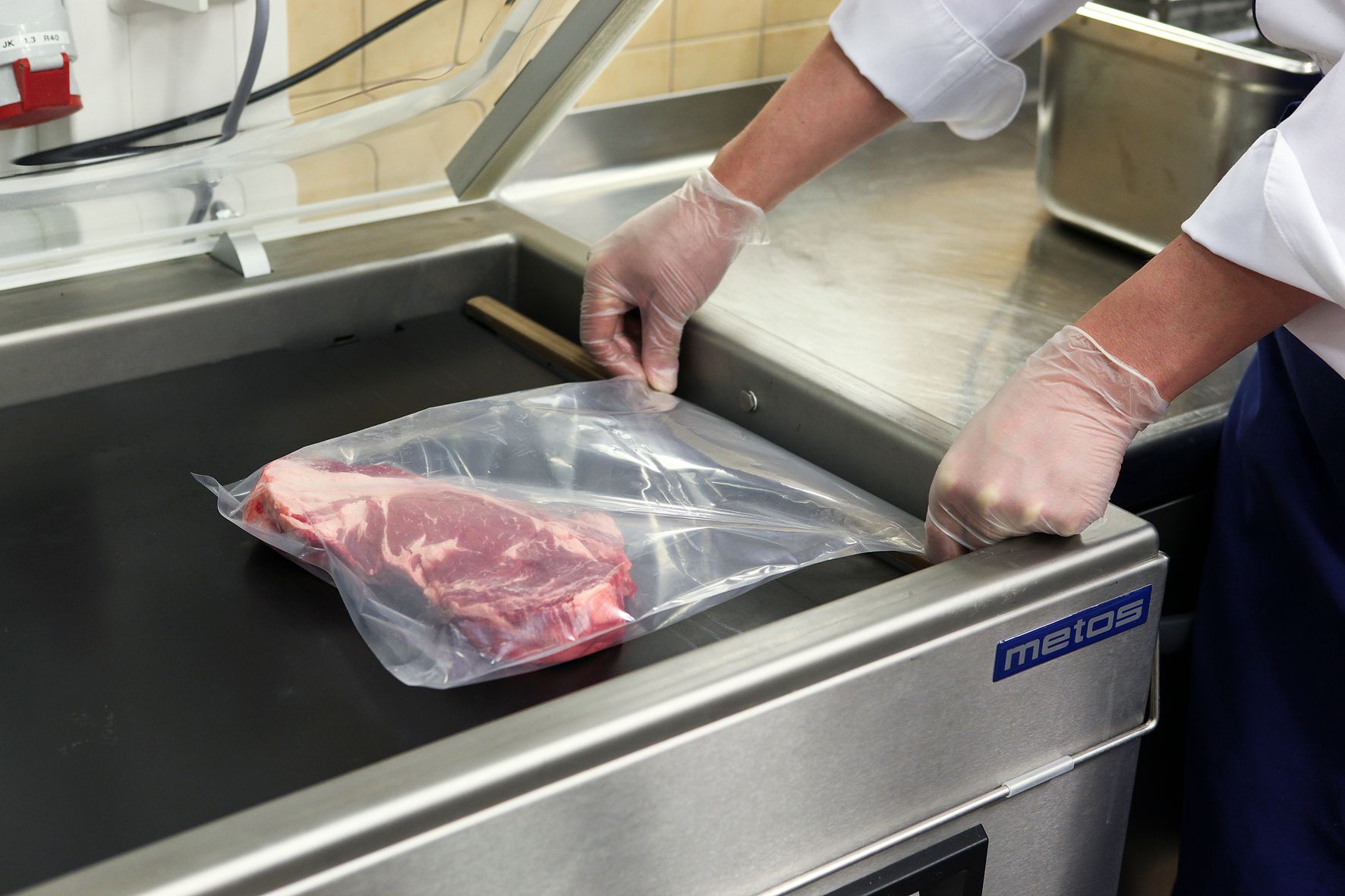
Erikoinentunnus | Wikimedia Commons
Sous vide — or “under vacuum” — represents the height of scientific cooking. Food is sealed and cooked in a water bath at a precise temperature, creating remarkable consistency. A medium-rare steak comes out perfectly edge to edge, with none of the guesswork from pan or grill cooking. Sous vide cooking preserves moisture and maximizes flavor extraction by cooking at lower temperatures for longer.
4 / 7
4. Fermentation
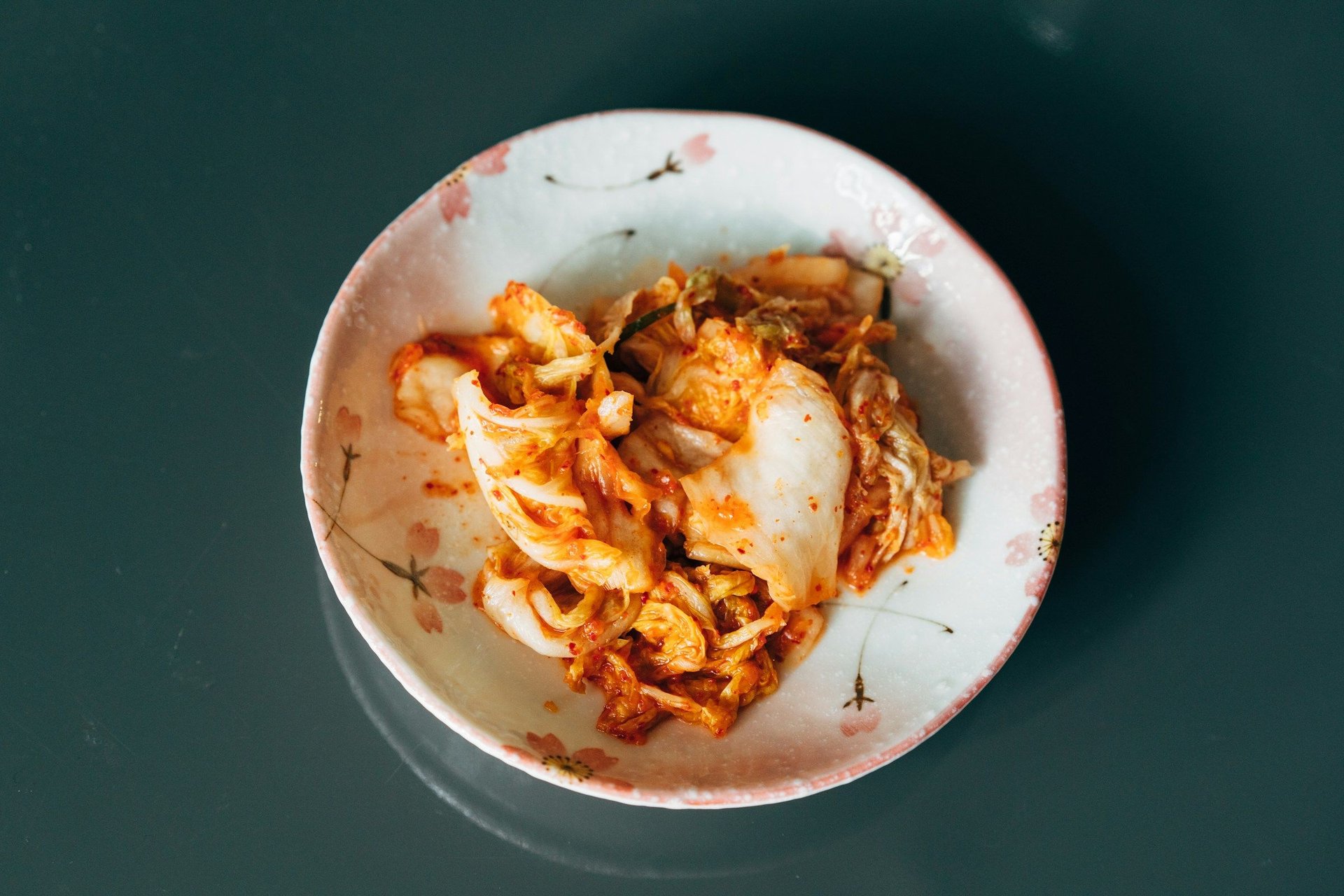
Markus Winkler | Unsplash
Fermentation is a traditional method that transforms cabbage into sauerkraut, soybeans into miso, and milk into yogurt. Microbes drive these changes, producing acids that preserve food and add tangy, layered flavors. Fermentation can also increase nutritional value and introduce beneficial probiotics.
5 / 7
5. Smoking
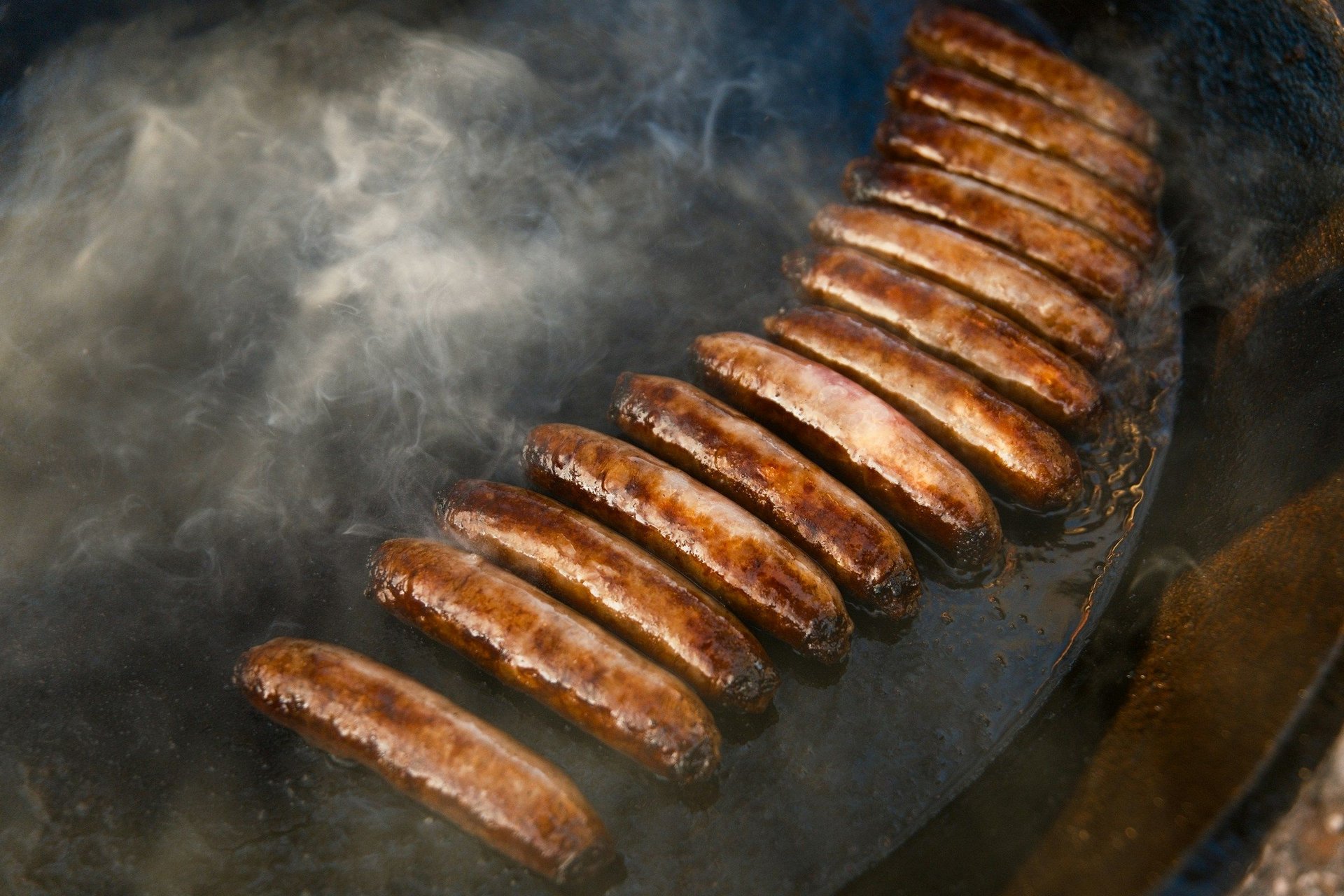
Noah Ridge | Unsplash
Smoking combines preservation with deep, smoky flavor. Traditional pit smoking relied on time, wood choice, and experience. Modern combustion chemistry refines the process, allowing pitmasters to choose the best type of wood and manage airflow to enhance everything from brisket to cheese.
Different woods create unique flavor profiles. Maple is mild and sweet, making it excellent for chicken or vegetables. Oak is great for brisket, sausages, and red meat.
6 / 7
6. Pickling

Declan Sun | Unsplash
Pickling combines flavor and preservation and is part of many tasty dishes. Traditional vinegar pickles kept vegetables fresh through winter. Now, chefs also explore lacto-fermentation, using controlled bacterial action to create tangy, crisp, and probiotic-rich pickles.
7 / 7
7. Emulsification
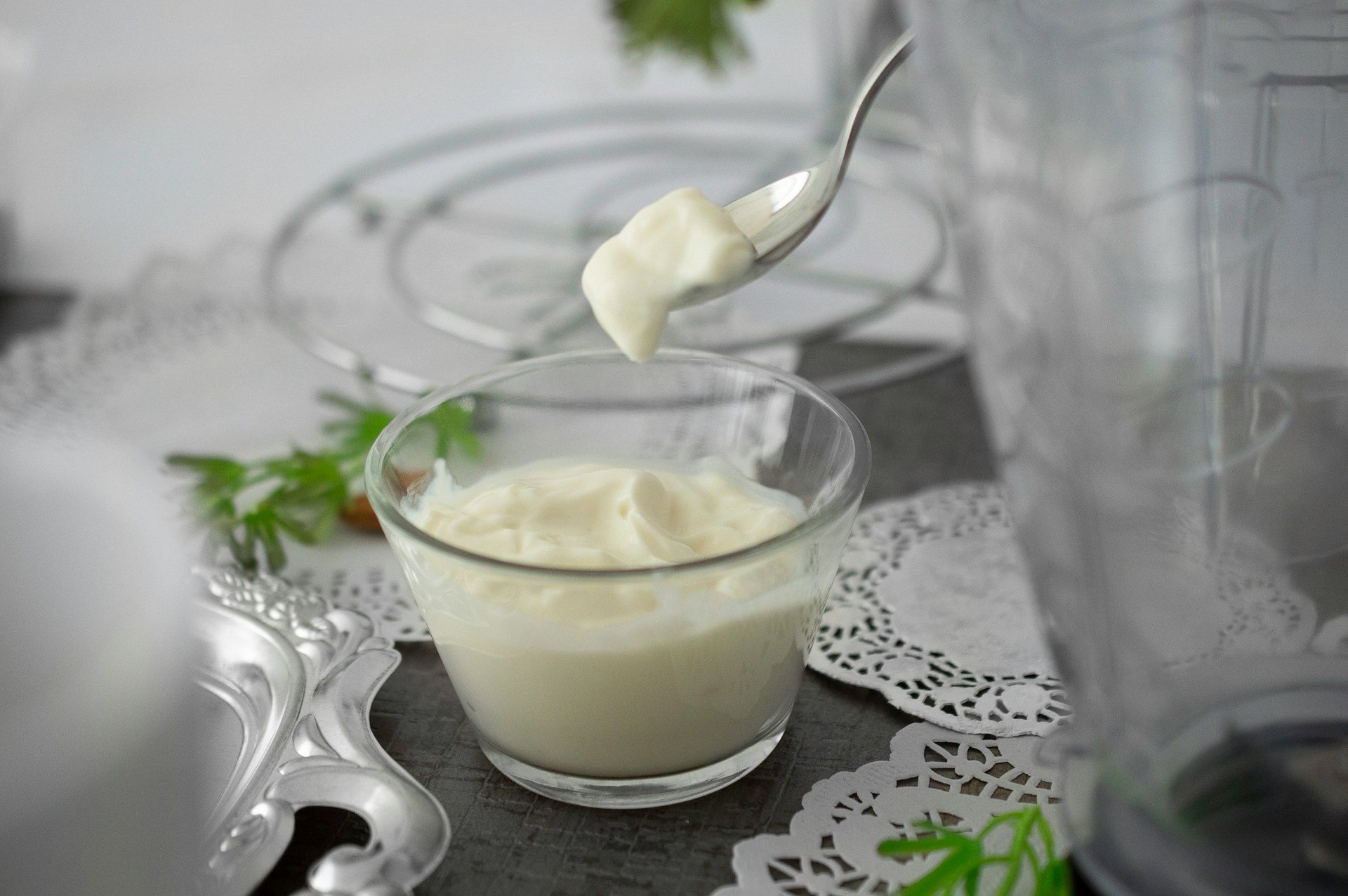
Sara Cervera | Unsplash
Emulsification combines fat and water to create a smooth consistency, as in mayonnaise or hollandaise sauce. Cooks have practiced it for centuries, but modern kitchen science reveals the key role of emulsifiers like lecithin and egg yolk. This knowledge allows chefs to create more stable, silky emulsifiers that hold up under heat and time.
